How to start a side project: 21 pro tips
Branch out and do your own thing – it could end up becoming your full-time job. Here's how to get started.
On page one, we covered Jamie's advice for starting a side project. Here, we've spoken to a range of other industry voices. Here are some of their tips...
11. It's not all about the money

"Sideline projects shouldn't be about the money," argues Manchester-based freelancer Matt Booth, who moved into app development using his existing Flash skills. "They are about exploring new techniques and technologies without the pressure of a client or a deadline."
His advice is to stop talking about it, and do it: "It's all about getting something out there for people to see and interact with," he adds. "It can be refined later, but it needs to exist first."
12. Have big dreams
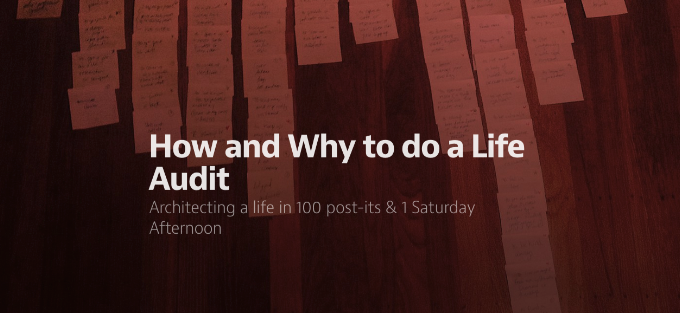
Based in Portland, Maine, Matt W. Moore runs an online store selling prints, posters, books and typefaces, as well as skateboards, surfboards and clocks.
"It's the energy and focus I put into these 'sideline' projects that ultimately keeps my phone ringing for client work," Moore says. "I love personal work, so if I can afford it I'll do it, regardless of the likelihood of sales. Don't think of them as sidelines; think of them as dream projects. And enjoy yourself!"
13. Consider your goals

"Consider whether your goal is profit or exposure," advises Florida-based Joshua Smith, aka Hydro74, who's in the process of producing custom playing cards, coins and poker chips to serve as business cards.
"It's all about margins. If your selling-cost breaks even, then you've already lost money on it, unless it's strictly for self-promotion. But for me, extra income is a by-product: the relationships I build through my sidelines help fuel the core part of my business."
Daily design news, reviews, how-tos and more, as picked by the editors.
14. Keep exploring new options

Argentine designer and illustrator Leandro Castelao likes to spend at least one day out of his working week on sideline projects, and sells prints online. "I've started giving some time to exhibitions, as well, as I've found these can be very important for promotion," he adds. "It's all about challenging and exploring. I don't really think about the money I'll get, but sometimes I've received a commission because of a personal print, and that can really make it worthwhile."
15. Work hard to work less (eventually)
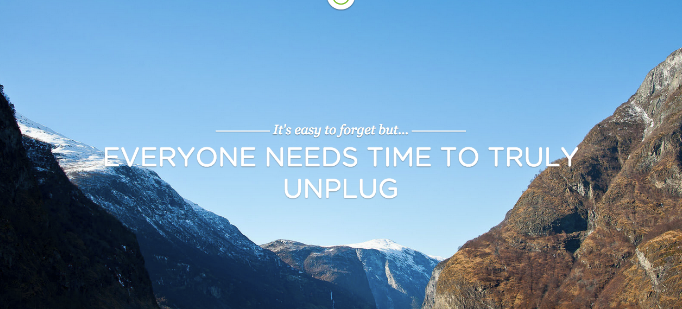
Freelance designer Alan Wardle also runs the streetwear brand AnyForty. For Wardle, the rewards are creative, rather than financial: "I invested a lot to get it up and running, and put any profit back into new ranges. For the first two years I worked on it for six hours every night, and all weekend. But now I only need to spend an hour or so a day, unless a new range is about to drop."
16. Practice, practice, practice
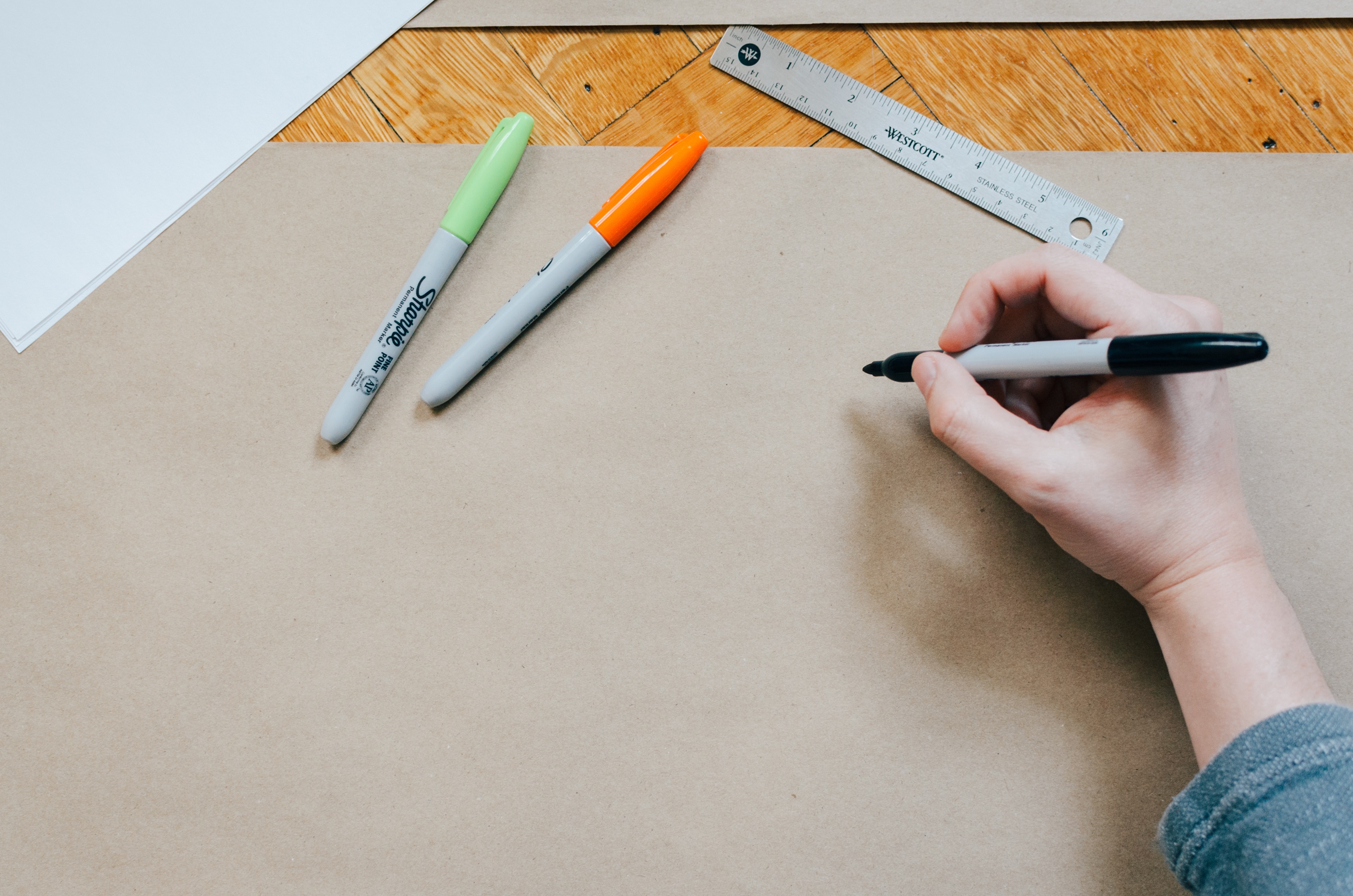
"If work has quietened down for a few weeks, I'll throw myself into something self-initiated," reveals Huddersfield-based freelancer Jeffrey Bowman. "For me, it's about keeping going. Sideline projects give me the chance to step back and try something new: use them to challenge yourself and your practice. It's a chance to be free, and give back to yourself and others. You don't want to become a machine that reproduces the same work, visual style and ideas."
17. Find a really good printer
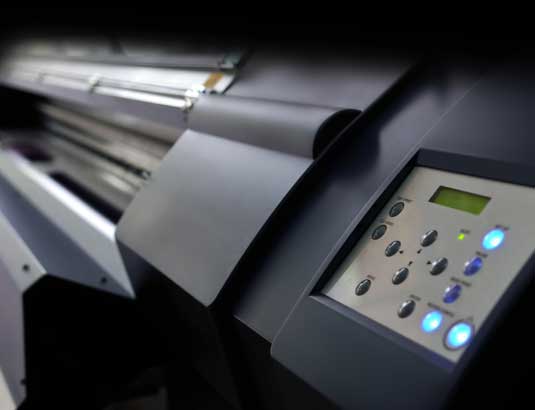
"Invest in a really good printer," suggests Israeli-born, New York-based illustrator Tomer Hanuka, who sells reproductions of his work online. "Prints should be as high quality as original art or silkscreens." Any seemingly daunting outlay should be compared to the cost of a limited-edition run with a professional printing firm, and Hanuka advocates spending $1,200 or more. "Yes, these are expensive machines, but the investment should pay for itself," he insists.
18. Don't use cheap packaging

Hanuka warns against skimping on packaging when selling your work online. "Resending damaged prints can be costly," he points out. "Make sure your packing is super solid. I put the print in a plastic sleeve and tape that between two hard backing boards, which are in turn inserted into a sturdy cardboard envelope. Another route is to use a tube, if your prints are on a lighter paper that rolls naturally."
19. Step out of your comfort zone

"Customising products is definitely something I'd like to do more of," says Birmingham-based freelance illustrator Tahgasa Bertram, aka Sweaty Eskimo. "I find most of my commissioned work is for print and web, so I try to avoid this type of work when I do personal stuff," he continues. "Recently, I've started working on personal projects that keep me away from my Mac altogether: drawing on walls, skateboards and anything else that I can apply my style to."
20. Turn a sideline into a product
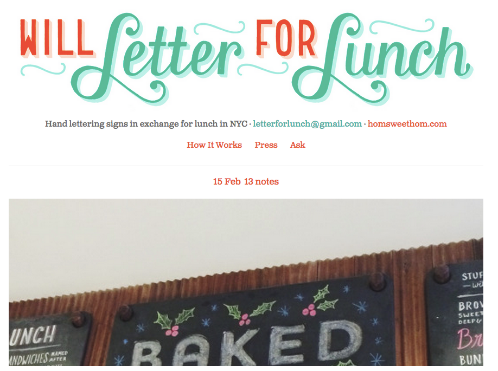
Through his sub-brand Legacy of Defeat, Hydro74 also designs and sells custom typefaces. "It's a minor side business that was built to create a residual income that can support various endeavours, or assist me during dry months," he explains. "It's always relaxing to take a hobby and make it into a successful sideline, and the beauty with digital products is that there's nothing invested except time, so they tend to be pure profit that you can reinvest."
Related articles:

Jamie Clarke is a type designer and lettering artist, expertly bridging both fields. Since refining his skills at Reading University in 2013, Jamie has created a growing collection of contemporary typefaces. He unveiled his first font, Brim Narrow, in 2015, followed by his award-winning 3D font, Rig Solid, which became part of Canva’s library in 2018. His lettering projects are known for blending words and imagery to create meticulously crafted illustrations. Notable examples of his work include branding for Kelmscott Bakery and his cover design for The Woman in Black.
